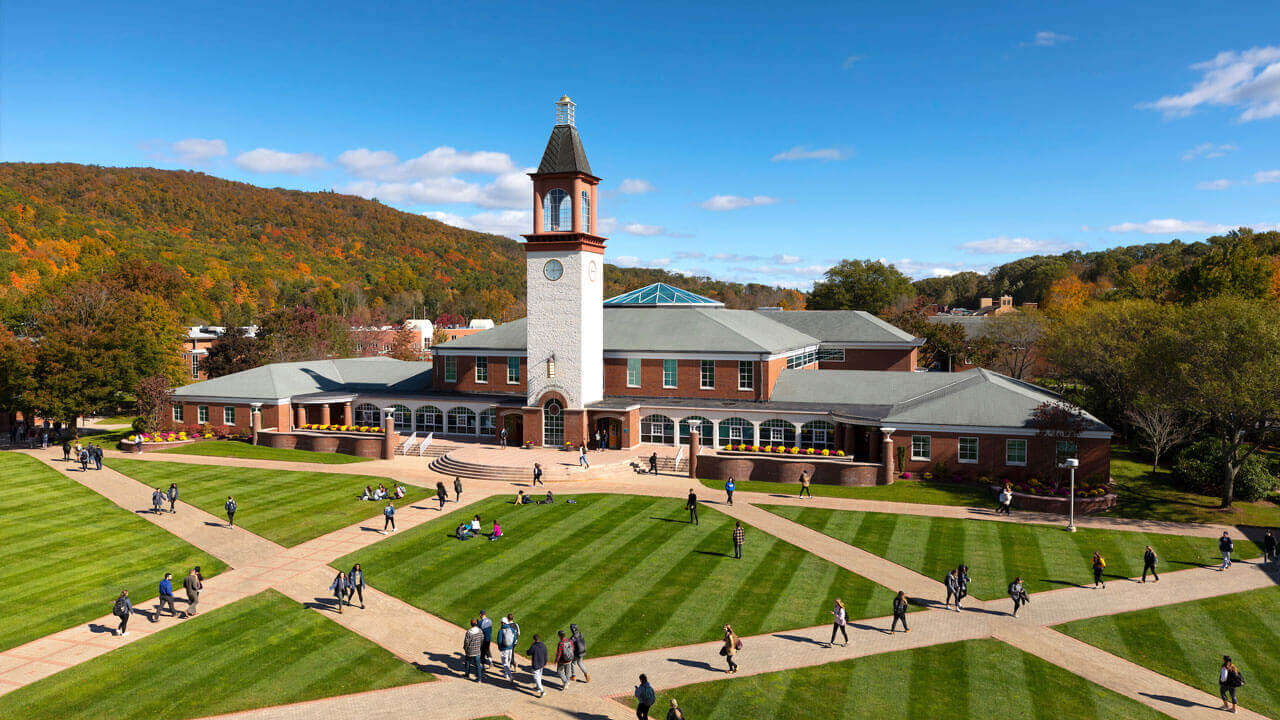
A statement on the U.S. Supreme Court decision
June 30, 2023

June 30, 2023

SFAA alleged that Harvard and the University of North Carolina violated the Equal Protection Clause of the Fourteenth Amendment to the Constitution and Title VI of the Civil Rights Act of 1964, which prohibits institutions receiving federal funding from discrimination on the basis of race, color or national origin.
The defendants both argued that they utilized legal precedent that allowed universities to consider a number of factors in order to meet their compelling educational interests in the composition of a class that represents a diversity of backgrounds, thought and lived experiences.
UNC specifically argued that its commitment to a diverse student body would “create and sustain an environment of educational excellence” and “foster mutually beneficial interactions among students, faculty, staff, and administrators who possess diverse backgrounds and wide varieties of perspectives and life experiences.” Harvard’s position was that its policy considered race “in a flexible, nonmechanical way” and “as a ‘plus’ factor in the context of individualized consideration of each and every applicant” with “serious consideration to all the ways an applicant might contribute to a diverse educational environment.” They noted that such individualized consideration was afforded to applicants of all races.
At Quinnipiac, while our undergraduate admissions and financial aid processes do not use race as a criterion for admissions or award of financial aid, we do use data and statistical analysis to determine if deliberate programs are needed to eradicate disparities that correlate with, and hinder the advancement of, race, ethnicity or gender.
In the aftermath of these decisions, we will carefully evaluate our practices to determine if they need to be adjusted to conform to these new legal realities. Our fervent aspiration is to continue to achieve the educational advantages of a diverse learning environment and the community well-being that is advanced in a culture of equity and inclusion. Chief Justice John Roberts acknowledged that “challenges bested, skills built or lessons learned” are valuable qualities when evaluating applicants, and these are processes that are part of our current approach to admissions.
Across numerous settings and studies, the evidence demonstrates that diverse learning communities enrich the educational process, promote critical thinking, foster cultural understanding, and prepare students for enlightened global citizenship. As an educator, I embrace these findings and the benefits of their adoption. I also believe that a learning community like ours should be committed to building inclusivity, diversity of thought, and a sense of belonging within our midst, one that mirrors the contours of a just society and prepares our graduates to have positive impact in their varied life journeys.
We cannot abandon these ideals. Together, we must seek opportunities within the law to continue championing the rightful place of diversity, equity and inclusion within our institution, and in our broader society. And together we will.
Quinnipiac Today is your source for what's happening throughout #BobcatNation. Sign up for our weekly email newsletter to be among the first to know about news, events and members of our Bobcat family who are making a positive difference in our world.
Sign Up Now